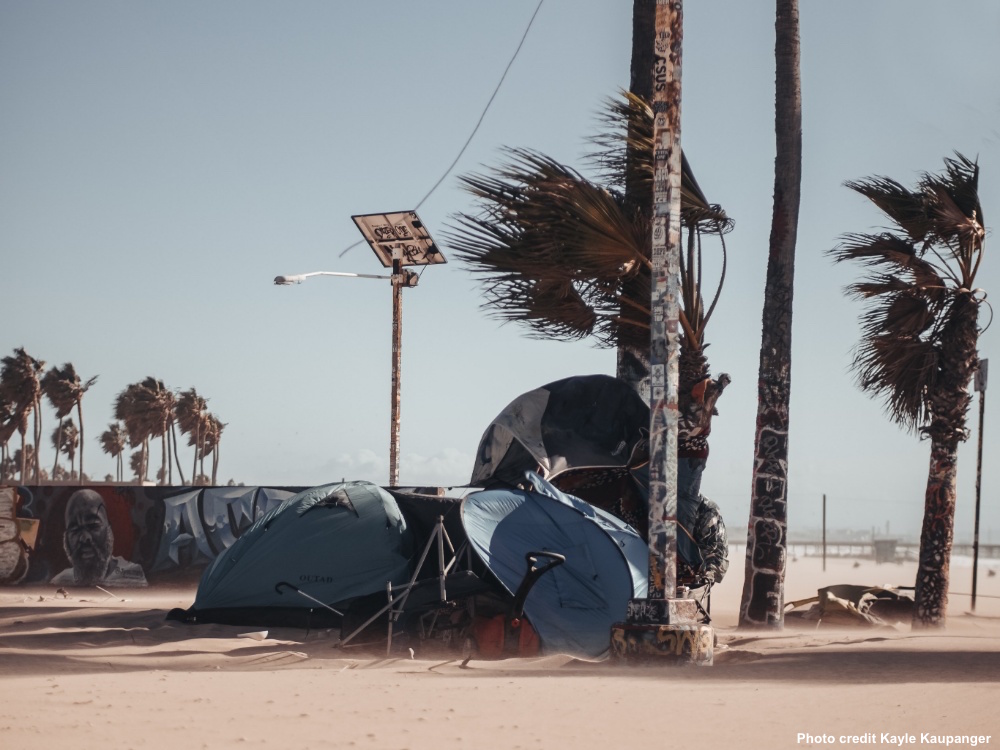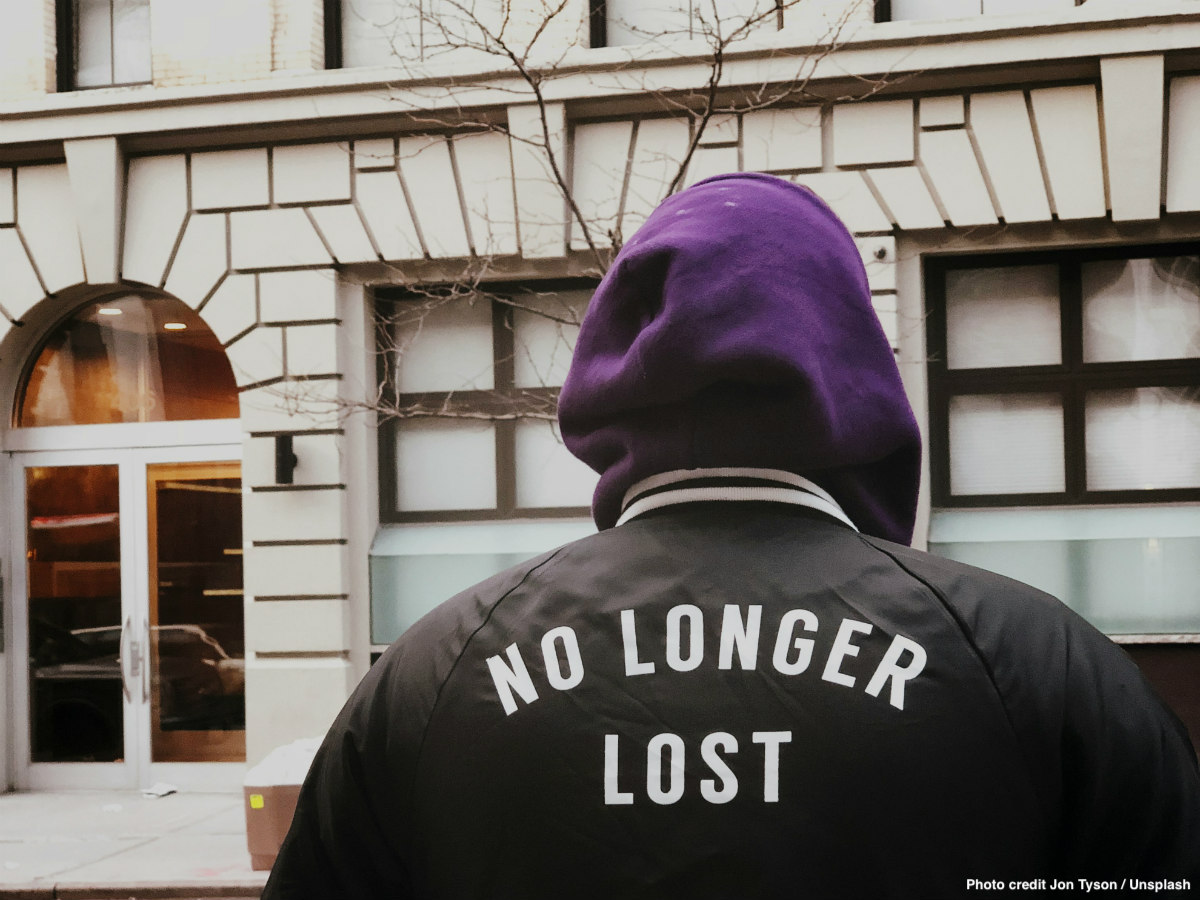Walking along the Venice Beach Boardwalk much of the vibrancy seems at odds with its sprawling homelessness encampment––a patchwork of tents, sleeping bags, and shopping carts. Riding along the E-Line, smaller encampments can be seen along highway bridge crossings, skirting Sawtelle’s bustling Japantown, spreading far beyond Skid Row.
Los Angeles’ widespread encampments speak to a fraction of California’s statewide housing crisis that impacts low and middle-income individuals and families faced with a statewide housing shortage of nearly 3.5 million homes.
According to the Skid Row Housing Trust (the Trust), whose mission is to provide permanent supportive housing, those experiencing homelessness come from varied low-income backgrounds as artists, elders, counselors, veterans, chefs and gardeners. Added to this list there are many more housing-insecure Angelenos, from renters, to students, teachers, and essential workers, who could also fall in the cycle of homelessness –while an average of 207 people exit homelessness every day, 227 people become homeless.
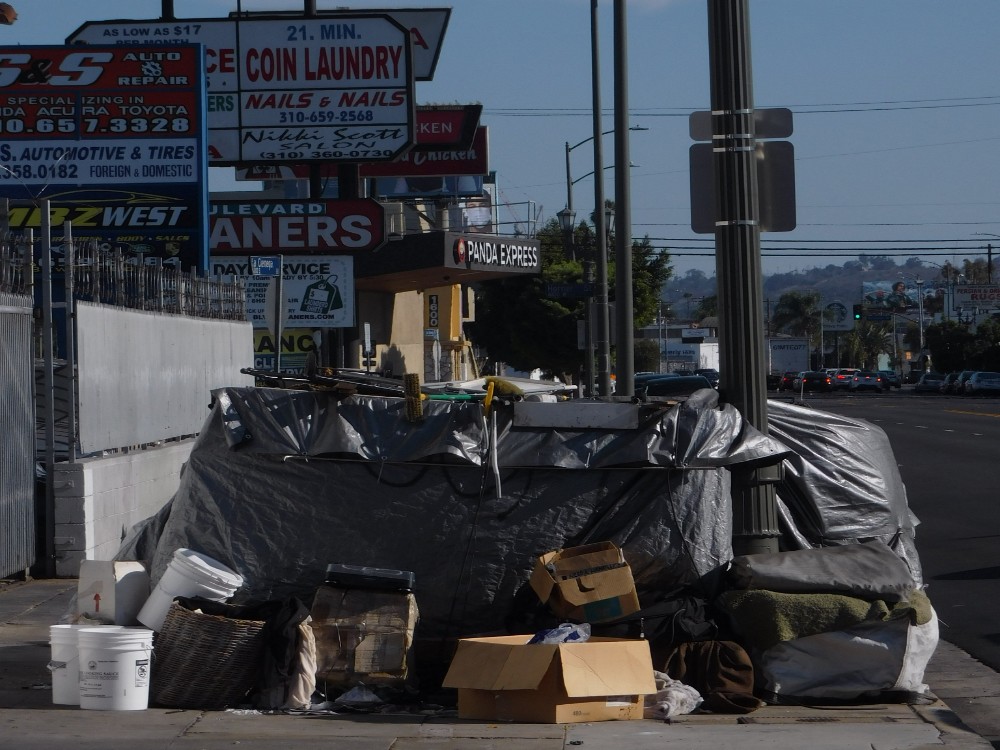
Decades of resistance to new housing, especially in coastal communities, have resulted in unbearably high rents, worsened inequality, and displacement of low-income residents.
Leonora Camner is an attorney and a long-time advocate for more housing and more affordable housing, who used to defend tenants from eviction. Currently she leads the volunteer-driven movement Abundant Housing LA, a pro-housing, nonprofit advocacy organization working to reform land use and zoning codes to make housing more affordable. Their efforts to address the structural causes of homelessness and housing shortage in Los Angeles represent a more holistic approach aiming at improving access to jobs and transit, promoting greater environmental sustainability, and advancing racial and economic equity.
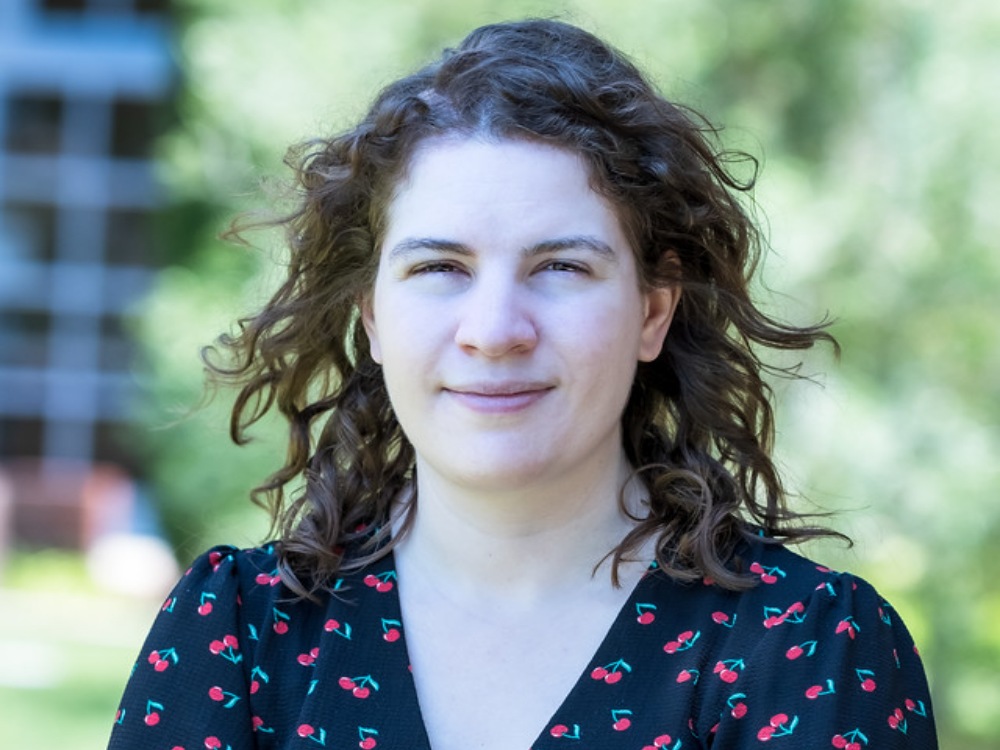
“At the heart of the housing crisis in California is exclusionary zoning which has created an artificial housing shortage. Restrictions and disinvestment on multifamily housing production due to zoning laws have allowed a vocal minority of affluent residents to block badly-needed affordable homes in Los Angeles,” argues Abundant Housing LA.
Enacted around 1904, zoning laws divided the city into industrial and residential zones, with additional ordinances in 1921 designating five zones, one exclusively for single family homes. Over time, these laws that artificially kept these low-rise, expensive neighborhoods, and that opposed dense housing development also forced a booming population to look elsewhere for housing. And so Los Angeles expanded outward rather than vertically, aided by increasing reliance on private automobiles for transportation, which has resulted in a rapidly deteriorating environment: sprawling, segregated, and choking on toxic air.
“Long-time residents are forced to leave to find affordable housing, pushing them into high-heat areas and mega-commutes, which in turn worsens air pollution and health outcomes […] already, more than 150,000 people in L.A. County spends at least three hours commuting,” explains Camner.

It wasn’t until 2013, that Los Angeles City Planning announced plans to create a modern zoning system […] intended to provide a more flexible range of zoning options. The Senate Housing Package was designed to address the state’s severe housing shortage. Part of the package includes Senate Bills 9 (SB9) and 10 (SB10). Camner summarizes that, “SB9 legalizes duplexes and lot splits in single-family residential zones. SB10 streamlines local rezoning to allow ‘missing middle’ housing production. Together, these bills would pare back exclusionary zoning and legalize small-scale housing production, particularly in high-opportunity areas where apartment bans currently act as a barrier to lower-income households.”
Still, more climate resilient regional planning is needed as a crucial consideration in rezoning for more equitable development; to address the housing shortage and to reframe future mobility in Los Angeles.
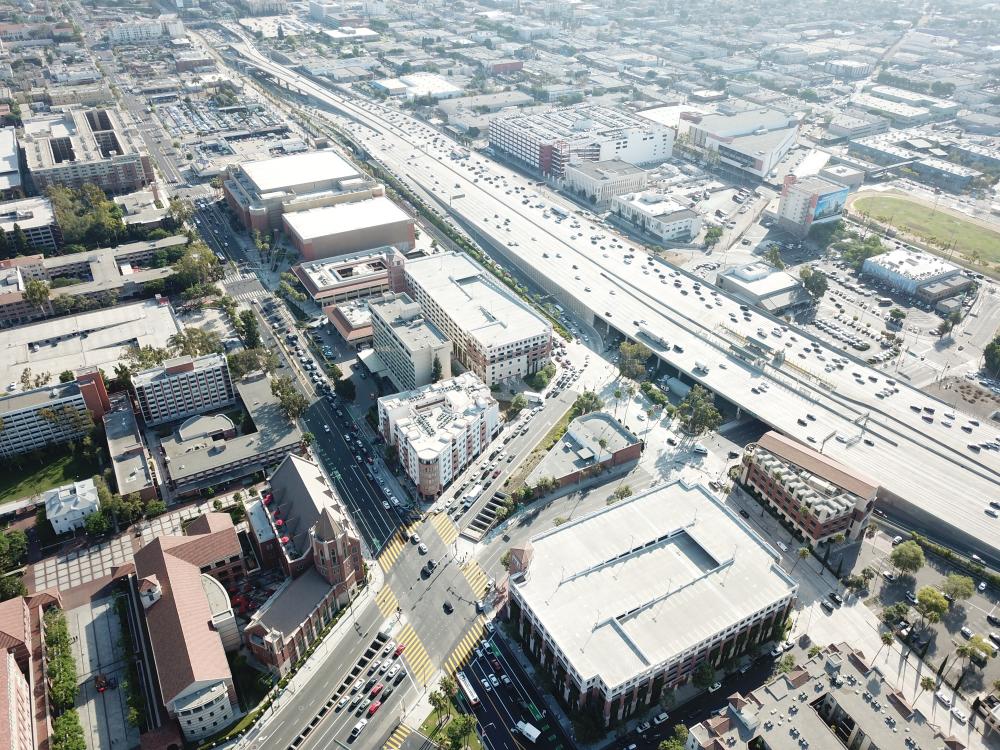
More housing, near the city’s growing transit system and major employment centers, will see lower rents in a more sustainable and equitable Los Angeles County, as Camner describes, where people can easily access quality jobs, transportation, schools and community resources. Long commuting will be reduced, more people will rely on public transportation rather than the private car and, slowly, dense neighbourhoods will develop in more walking-friendly areas.
Climate change is real and we are already seeing the consequences. Southern California needs to make sure the region’s planning addresses our climate goals by concentrating homes near job centers and urban coastal areas, and not in fire-prone sprawl, claims Camner.
While it’s projected that, over time, SB9 could generate as much as 714,000 new homes (as modeled by the Terner Center for Housing Innovation at UC Berkeley) opposition groups are concerned that not all homeowners would want to sell or develop their own property, and that upzoning could accelerate gentrification, aggravating the problem. Just 13% of the City’s housing stock was built within the past 30 years, and since 2013, the City’s housing stock grew just 4%.
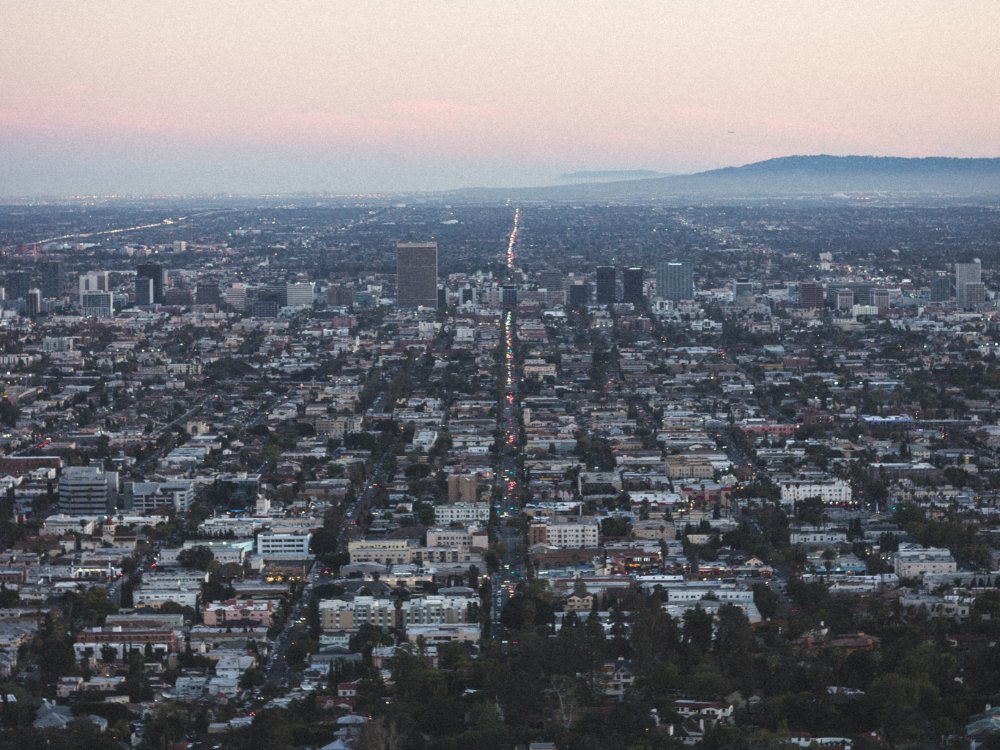
In addition, what’s also contributed to California’s devastating housing crisis is the racial and socioeconomic segregation of residents, which dates back to racially restrictive covenants. They prevented any non-White resident from purchasing designated properties or by refusing to insure mortgages in and near African-American neighborhoods — a policy known as redlining. Nowadays, there are still long lasting quality-of-life and health repercussions of geographic segregation because it impacts urban travel in underserved areas and limits access to schools, healthcare, and parks. Some organizations in Los Angeles are precisely working on mobility justice for black and brown communities within transportation equity policy.
As observed by Leonora Camner, “access to housing is a racial equity issue. It is no surprise that Black and Latino/a/x Angelenos experience homelessness at higher rates and that displacement is more likely to affect people of color…it is the result of a confluence of economic, social, and health factors—the ability to comfortably afford rent can make all the difference for households experiencing risk factors commonly linked to homelessness.”
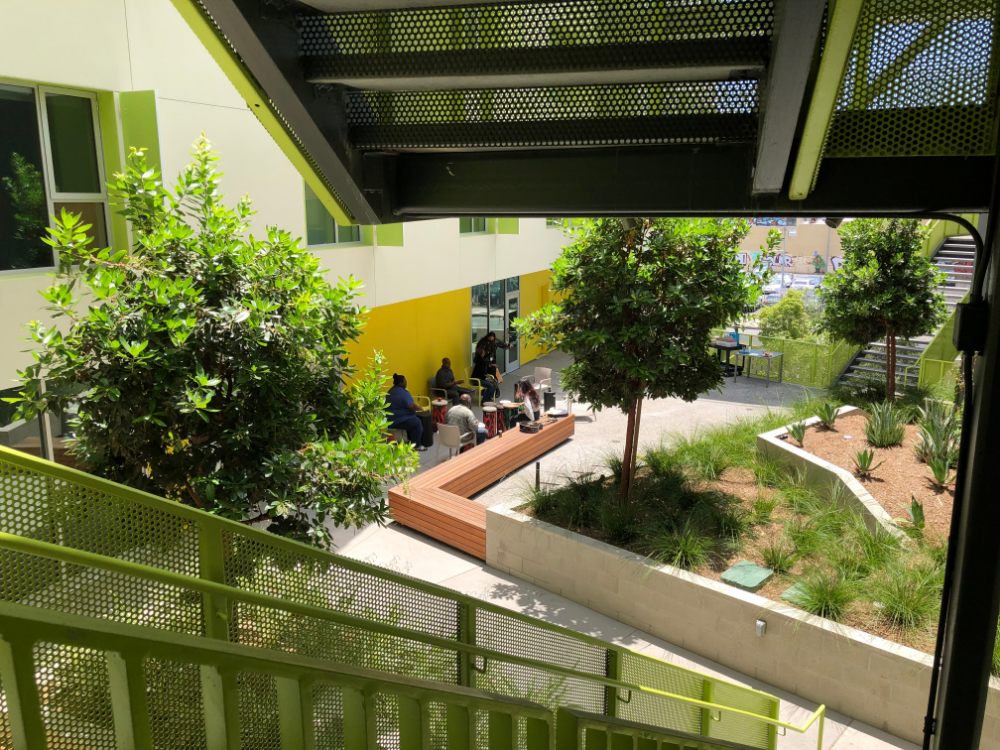
The issues of zoning and systemic racism are further complicated by a growing population and higher cost of living than the average U.S. cities. Lisa Rios, project manager for The Trust, described a recent study by USC Price Center for Social Innovation which “Found that nearly three out of four LA households surveyed were rent-burdened, meaning they spend more than 30% of their income on rent and utilities. Nearly half of all respondents were extremely rent-burdened, meaning they spend more than half of their income on rent and utilities.”
Even more disheartening, as rents in LA increased 28 percent between 2000 and 2010 […] median household incomes rose just 1.2 percent.
With these dimensions aggravating the housing crisis, homeless encampments speak strongly to the fact that housing is not only a place to sleep, it’s a community to belong to. LA’s urban development model is no longer sustainable. The sprawl generated by decades of serious opposition to building housing, which has locked millions into long commutes by car, has made people prefer to live in shelters closed to their low-income jobs. But the difficulty to stay housed makes it hard to stay employed, becoming a vicious circle.
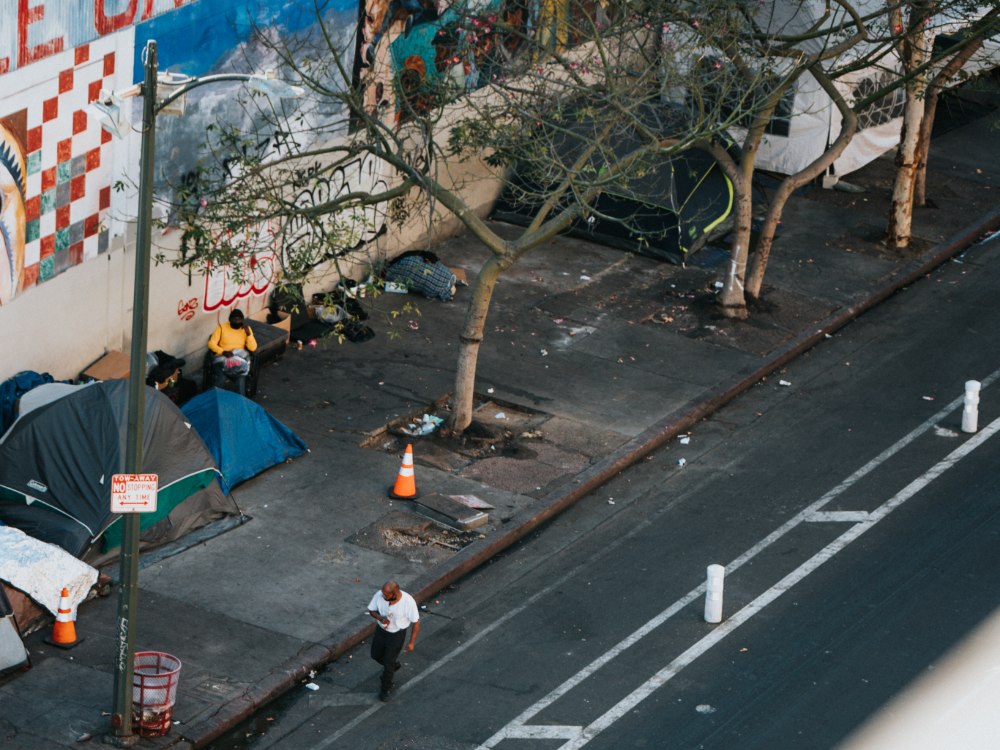
Camner and her colleagues encourage and provide training for people to become advocates for housing in their own neighborhoods. They have been advocating for equitable housing development based on their research, including tenant protections and value capture, while ensuring that racial and economic justice is a major focus in growth planning. Camner notes that this means that more input from diverse community members is still needed to “open up exclusionary neighborhoods of opportunity by fairly distributing lower-income targets” while also “addressing our jobs/housing imbalance with more homes, preventing the effects of sprawl into inland areas, and reducing dependence on cars.”
The Dixie fire which started in California last month is burning an area larger than New York City and it has become the second largest fire in state history. Currently there are 11 major wildfires burning in the state while a heat wave hits California.
Sprawl into environmentally-sensitive and fire-prone areas has ensured that wildfires continue to pose a threat to properties and human lives. Camner’s organization advocates for dense development and multifamily housing in more transit-rich neighborhoods to reduce housing shortage in the entire city of Los Angeles because they believe that collective commitment to reversing climate change depends on them.
In Camner words ‘It’s been said that it takes a village to raise a child. Here at Abundant Housing LA, we believe that it takes a whole city to change a city’.
